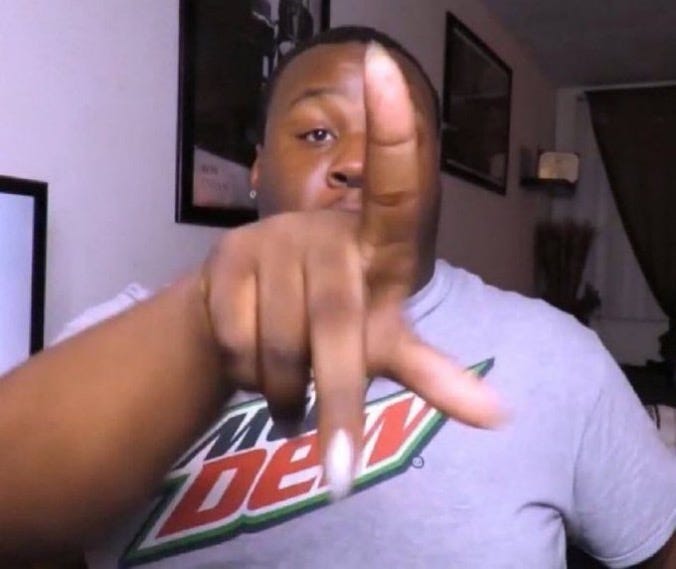I don’t know who first said, “Beauty lies in the eyes of the beholder,” but I’m convinced they meant well. A cute little attempt at reassurance, maybe. Like patting a child on the head after they’ve tripped, scraped their knee, and asked if they still look okay. But now, in this era of ring lights and retouched pixels, that phrase feels like one of the biggest lies we keep recycling and dressing up as wisdom.
Because I’ve been watching. Quietly. And what I see is this: beauty doesn’t lie in anyone’s eyes anymore, not yours, not mine. It lives in the hands of people with money, followers, and a carefully curated feed.
Let’s be honest. If beauty were truly subjective, we wouldn’t all be trying to look like the same five people on Instagram. You know the ones: cheekbones that could cut glass, lips like freshly plumped fruit, bodies shaped like hourglasses if the hourglass went to the gym five days a week and had a sponsorship deal with a waist trainer brand.
It used to be the BBL body. That sculpted, gravity-defying silhouette that took over the world one surgical consultation at a time. Suddenly, everyone wanted hips that told stories, thighs that didn’t lie, and a waist that whispered, “genetics,” even when it was anything but.
But here’s where it gets interesting. Lately, I’ve noticed a shift, a soft murmur turning into a cultural conversation. Natural bodies are creeping back into the spotlight, or at least, the appearance of natural bodies. The BBL girls are reversing surgeries. The curves once celebrated with fervor are now being downplayed with quiet regret. And somewhere in the middle of this transition, the word “Ozempic” began dancing through my feed like an uninvited but impossibly chic guest at a dinner party.
And guess who’s leading the rebrand? Kim Kardashian. Of course. One of the very women who gave the BBL era its mainstream momentum now appears to be ushering in the return of skinny. Not that she said it out loud, but between the disappearing curves, the whisper campaigns, and the new era of subtle sharpness, the message is clear: the standard has changed. Again.
It’s giving Y2K flashbacks. Low-rise jeans. Visible bones. That thing they used to call “heroin chic” now rebranded as “clean girl aesthetic.” And just like that, we’re back to idolizing flat stomachs, sunken cheeks, and being able to wear everything from Zara without shapewear.
I’m not saying beauty hasn’t always been political, performative even. But it feels particularly exhausting now. Because we live in a time where your value is determined by how well you fit a constantly shifting template. One week it’s curves, the next it’s collarbones. And through it all, we’re told gently, condescendingly, that beauty lies in the eyes of the beholder.
As if the beholder isn’t just an algorithm in disguise.
So no, I don’t buy it. That tired phrase. That pretend subjectivity. In this world, beauty is manufactured, monetized, and mass-produced. It’s less about what you see and more about what you’re told to see. And if you’re not careful, you start to believe that your body is a trend that’s expired.
We’re all just trying to keep up, aren’t we? Buying the creams, the serums, the Pilates classes, the injections (for some). All in the name of staying beautiful, which really just means staying relevant.
And maybe that’s the saddest part. That we’re all quietly shape-shifting to fit a moving standard. That we’ve mistaken validation for value. That the beholder is no longer a lover, or a friend, or even yourself, is t’s the blue light of your phone screen telling you who to be.
So I say it again: beauty doesn’t lie in the eyes of the beholder. Rather, beauty lies in who can afford to rewrite the rules, and who’s willing to follow.






So much this!
Love your post 🥹🥹❤️
But I think beauty is a mind thing , if you think in your mind you’re the beauty standard for yourself , social media got nothing on you.